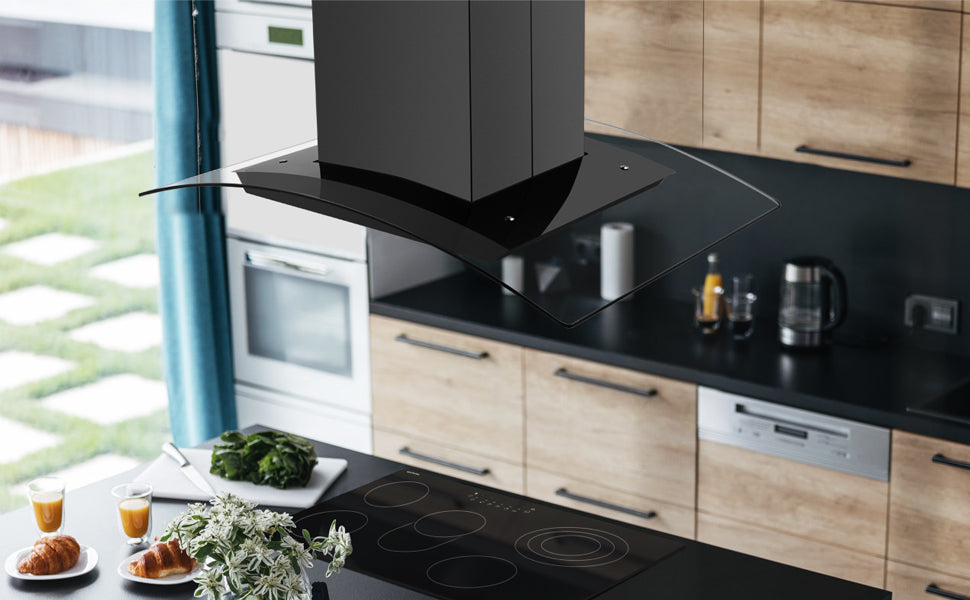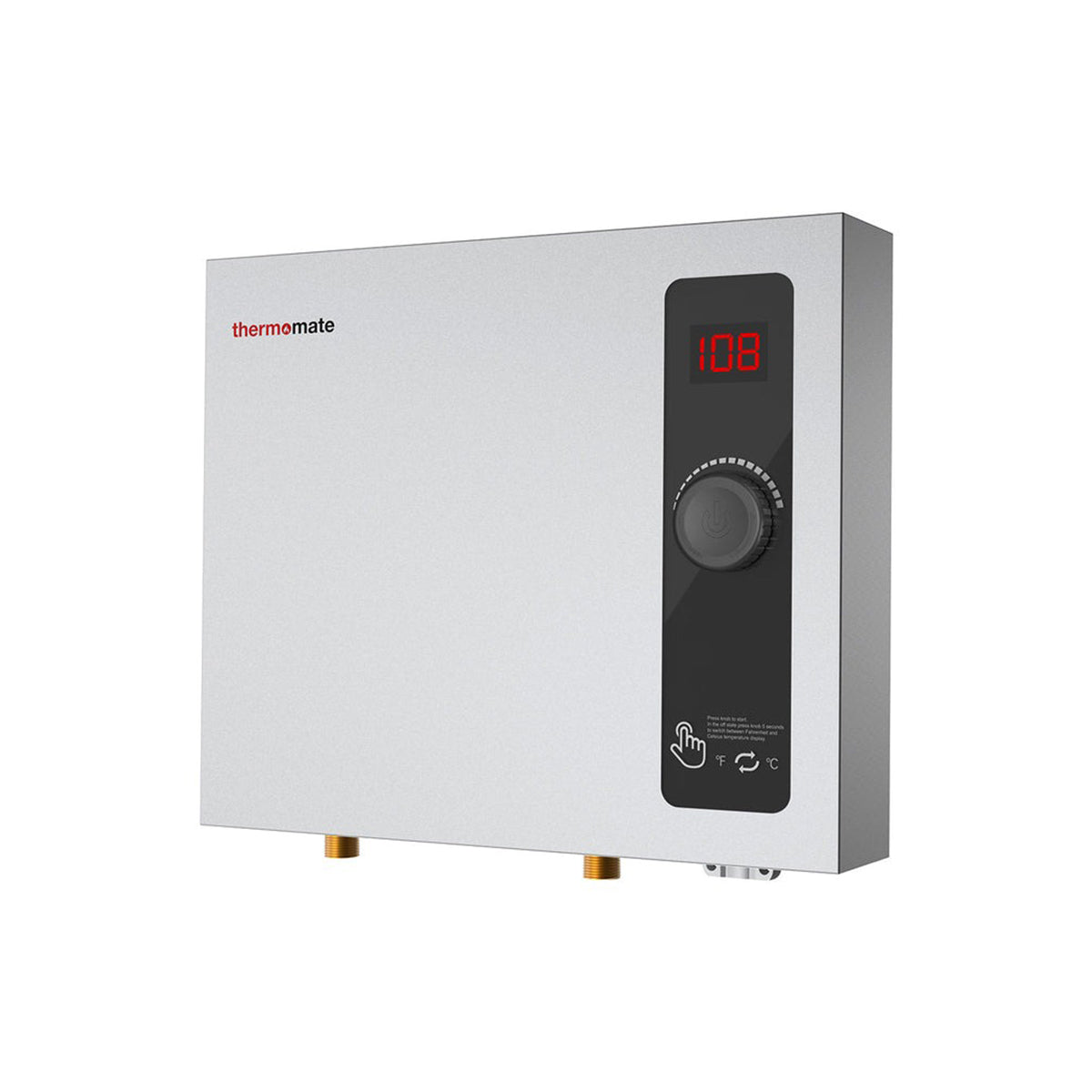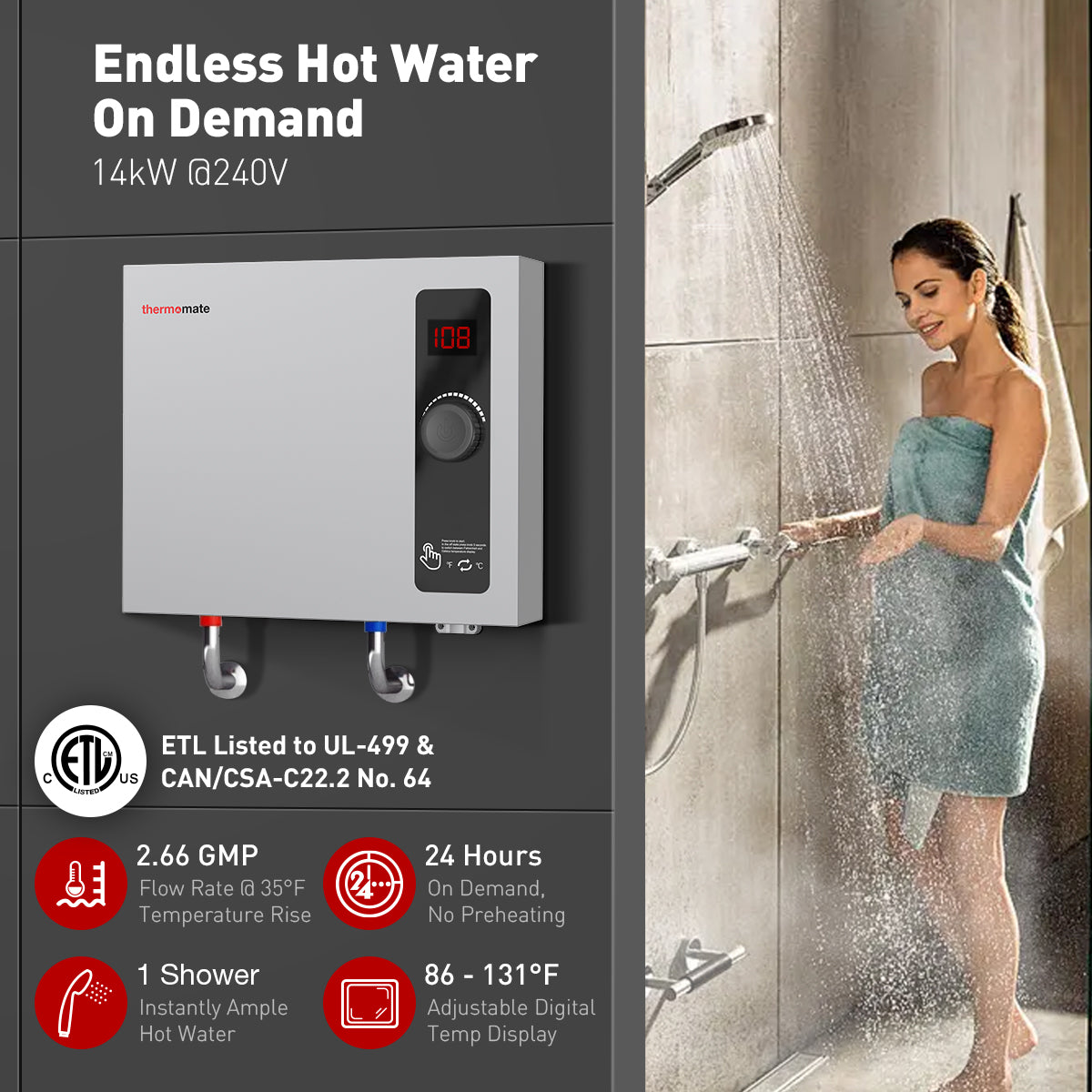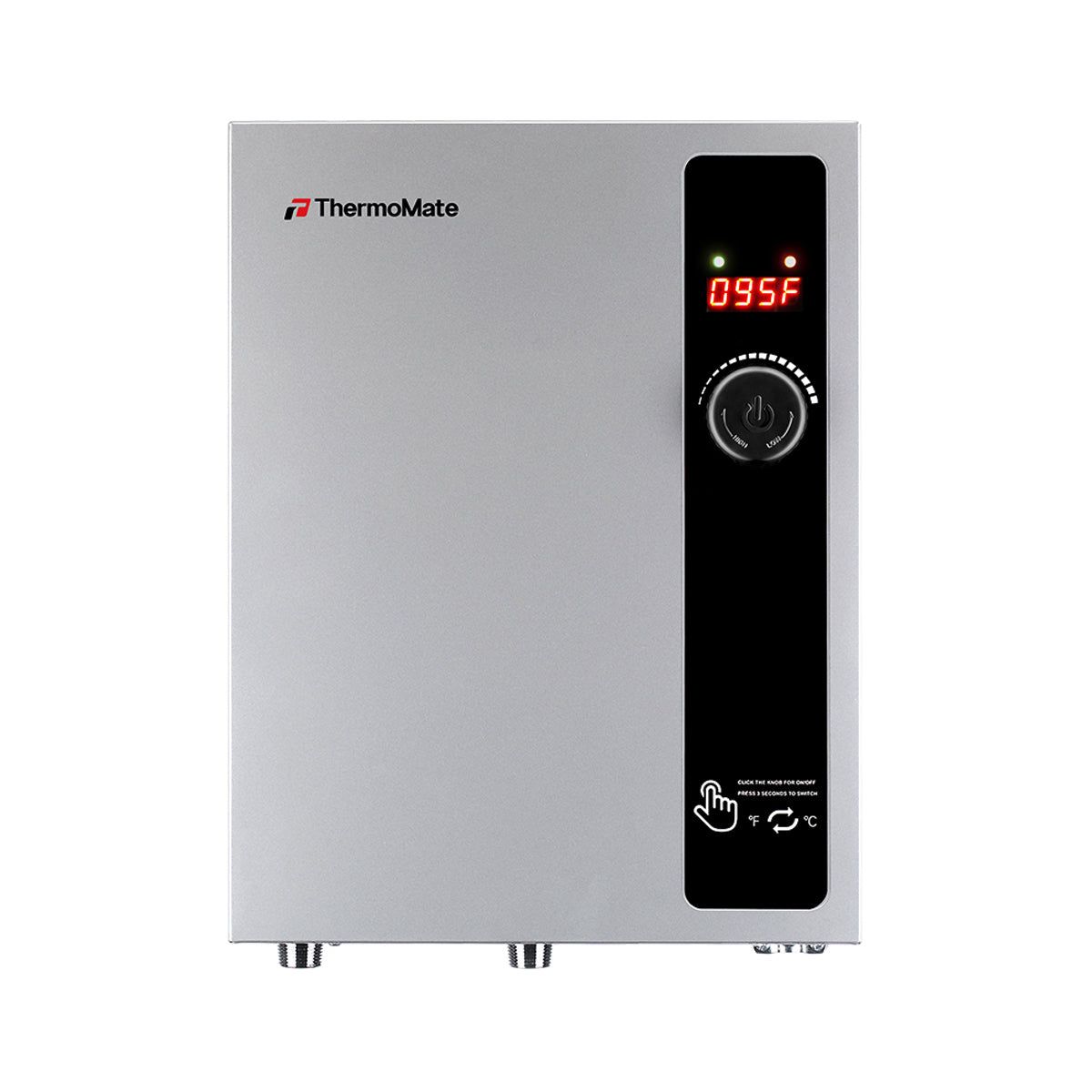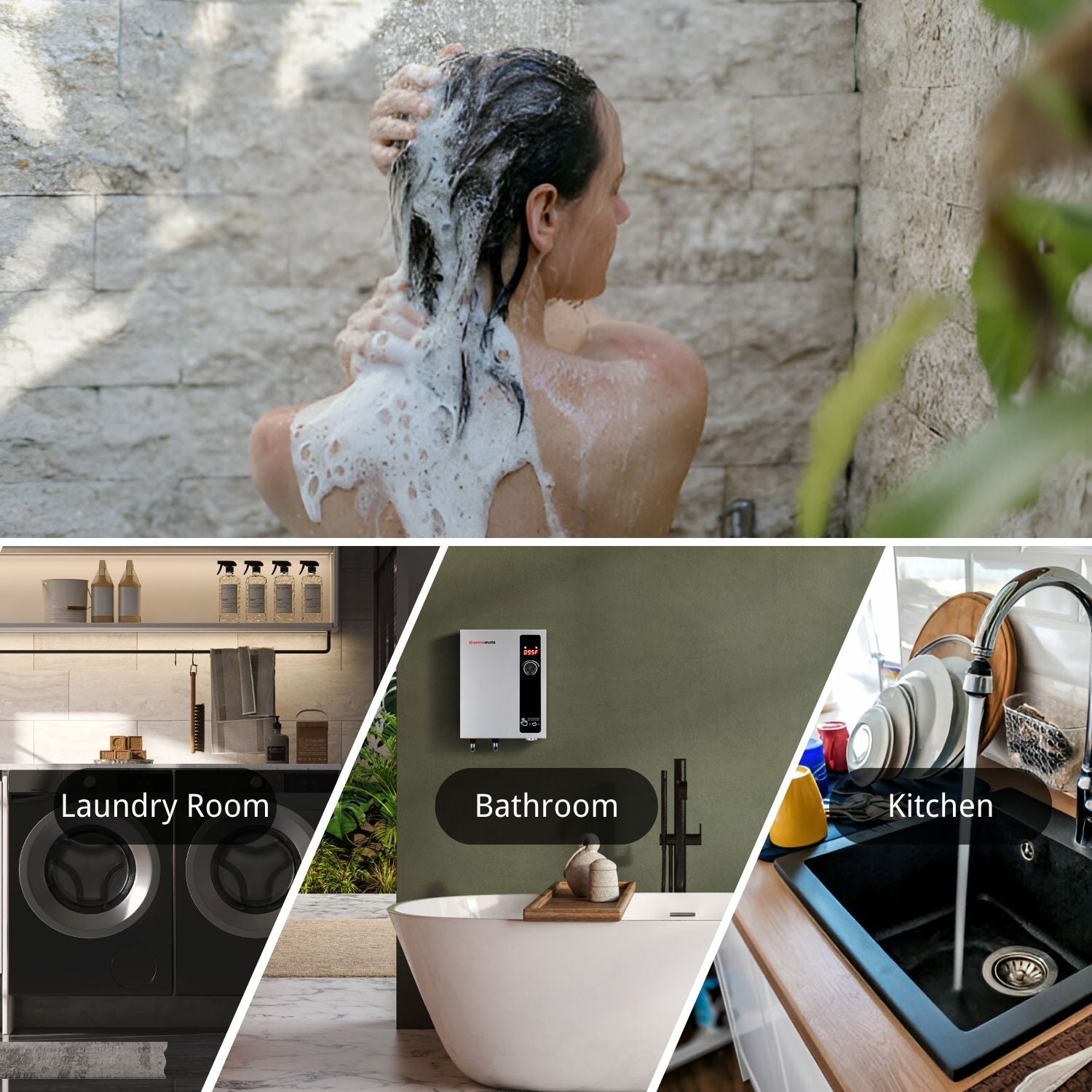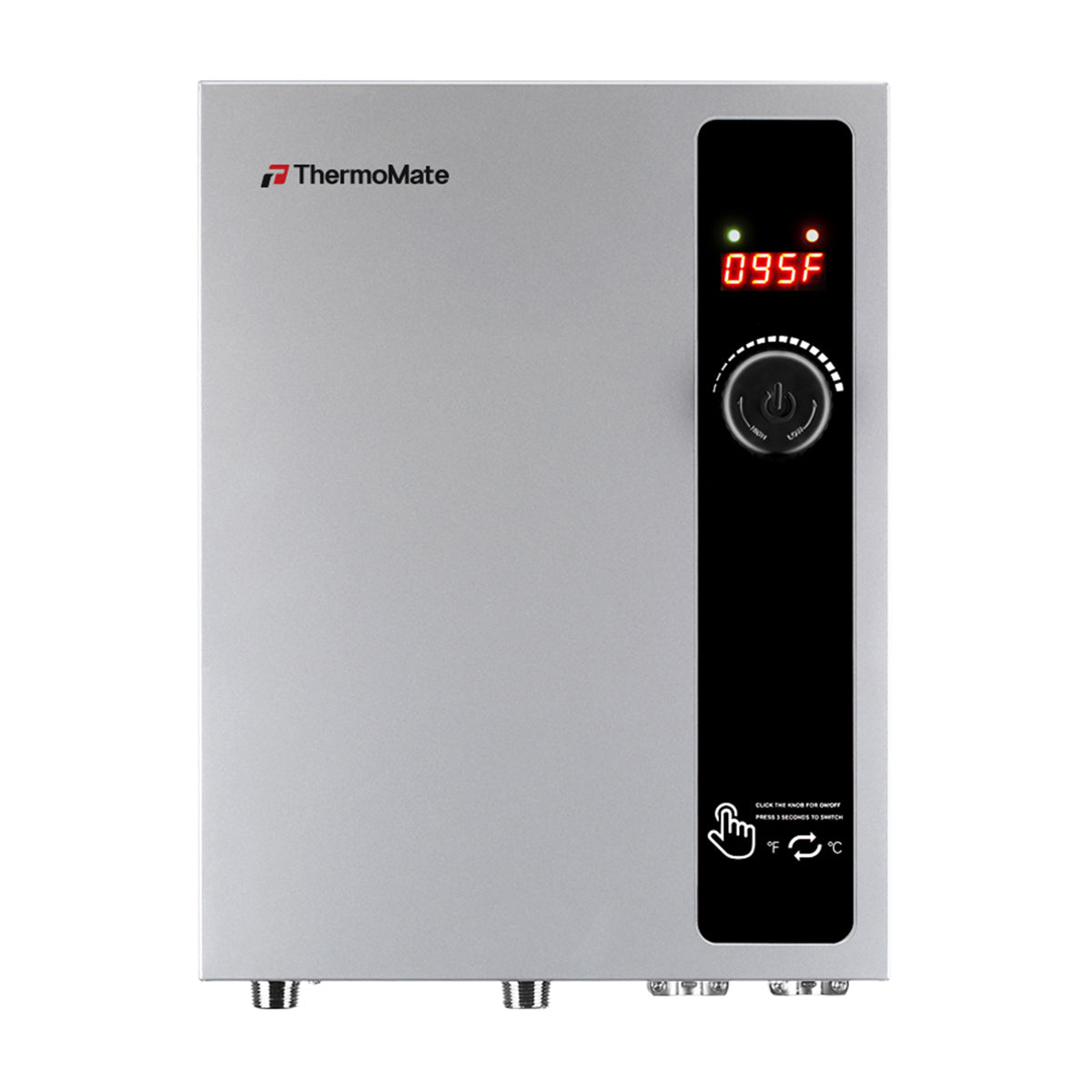How to Choose a Range Hood?
From home-cooking newbies to seasoned chefs, making a mess in the kitchen is normal. No matter how careful and precise you were, grease, fumes, gases, and food always splatter everywhere. That is where the always-useful range hood comes in to save the day.
What Is a Range Hood?
Range hoods are a critical component in every kitchen. They help remove particles, odors, and harmful particles from the air we breathe. Powered by an immense fan, the air around the stovetop is pulled through filters or into a duct to be sent out of the house. And smoke, heat, moisture, microscopic food particles and other impurities that should be removed from the kitchen so they don't contaminate your food and our air.
Do You Need a Range Hood?
The short answer is: Yes, you need a range hood. The more specific questions are what kind of range hood is the best for you.
--Kitchen Layout and Size
There are many types of range hoods, so it’s important to know the type that you need before going out to buy one. You should figure this out based on your layout. If you have open wall space above your stove, a wall-mounted range hood is the best. If you have cabinetry or a microwave instead, stick with an under-cabinet or microwave range hood. Kitchens with islands will only be compatible with island range hoods (if you can place ductwork in the ceiling) or downdraft range hoods (if you have to put ductwork in the floor).
--Ducted or Ductless
A ducted range hood takes air, processed by the range hood, and vents it out of the home through a ducting system. The ducts can be placed in ceilings, walls or floors depending on your home. A ductless range hood does not vent the air out of the home. It filters and then vents the air back into the room after modification. Some models are able to convert between a ducted system and a ductless system easily, while others cannot be converted.
One of the biggest question when considering a system to replace your older one is whether or not it will be compatible. A ducted system could provide higher energy efficiency and power, depending on compatibility with your kitchen, home or apartment and its needs.
--Cooking Style
It is important to choose a range hood compatible with your cooking style—and not only your kitchen layout. Take into account two main specifications when making this decision: airflow in CFM and number of fan speeds. CFM determines how much air the unit is processing at once. The higher the number, the faster your range hood will vent your kitchen. Fans should come with at least a minimum of two settings (high and low speeds).
If you have aspirations to be a professional chef and are orchestrating heavy and intense cooking on the daily, you will likely want a range hood with high CFM (at least three or more fan speeds). If you only cook small meals once or twice a day—or a few times a week—a lower CFM and fewer fan speeds will suit you just fine.

--Sound Levels
The sound a range hood makes is measured in sones. A single sone is roughly equal to the sound of a refrigerator running. Normal conversations usually occur at around 4 sones, and traffic noise can reach up to 8 sones. Use this measure to compare more products, but keep in mind that the amount of air that the range hood can process indicated by CFM often leads to higher levels of noise. For high-quality all-purpose units, look for those with lower rates of noise.
Types of Range Hoods
--Undercabinet Hoods
These mount under the bottom of a wall cabinet above the cooktop. Ductwork inside an adjoining wall, chase, soffit, or ceiling can exhaust smoke and fumes outside.
--Wall-mounted chimney Hoods
These hoods are an option when there are no cabinets over the range. Their exposed vent stacks, which vent cooking gases outside, can make a strong design statement.
--Island Hoods
Island hood models are mounted to and vented through ductwork in the ceiling. Because they lack a wall or cabinets alongside them to help funnel fumes, they should be wider than the cooking surface.
--Downdraft Hoods
These hoods are designed to capture rising smoke and fumes and exhaust them through ducts running beneath the floor. It main application is in islands where it might not be possible to route ductwork through the ceiling.
--Ductless Hoods
This type of installation draws steam, heat, and smoke from the cooktop, filters it, and returns it to the room. Its filters trap oil and grease droplets dispersed into the air above the range, and some models include an optional carbon filter to reduce odors.
Other Range Hood Features

-
Automatic shutoff can be preset to shut the fan off after a specific time.
-
Change filter indicator lights alert the need for cleaning or changing the filter.
-
Heat Sensor will automatically adjust the blower to high speed when the range hood detects excessive heat.
-
Lighting is included in most hoods, with options that include incandescent, fluorescent, halogen or light-emitting diode (LED) bulbs. Your range hood may have one to four lights to illuminate your cooking area. Hoods with a low-light-level setting are useful for nighttime operation.
-
Wi-Fi capability allows you to access and control the unit from your smart device.

